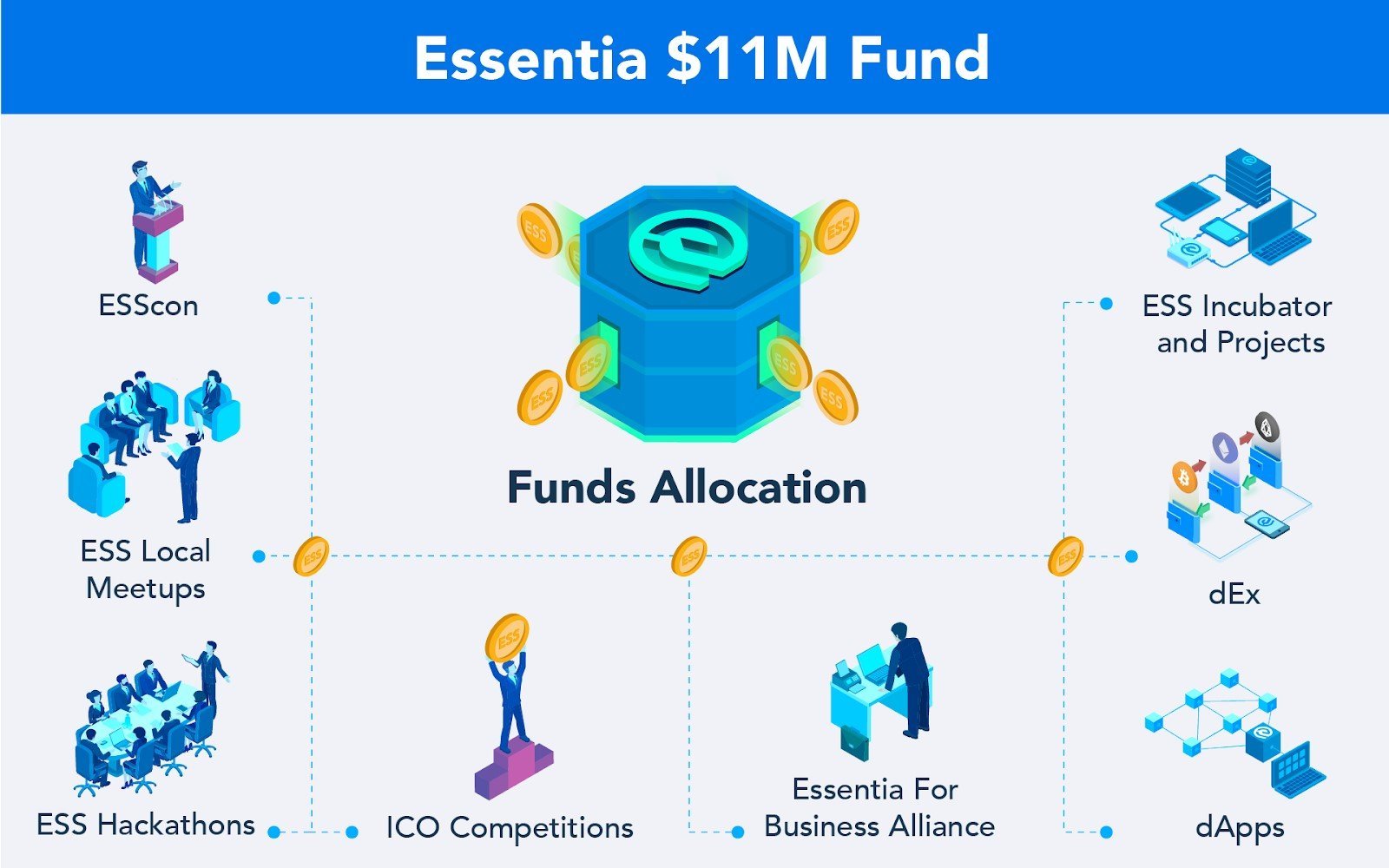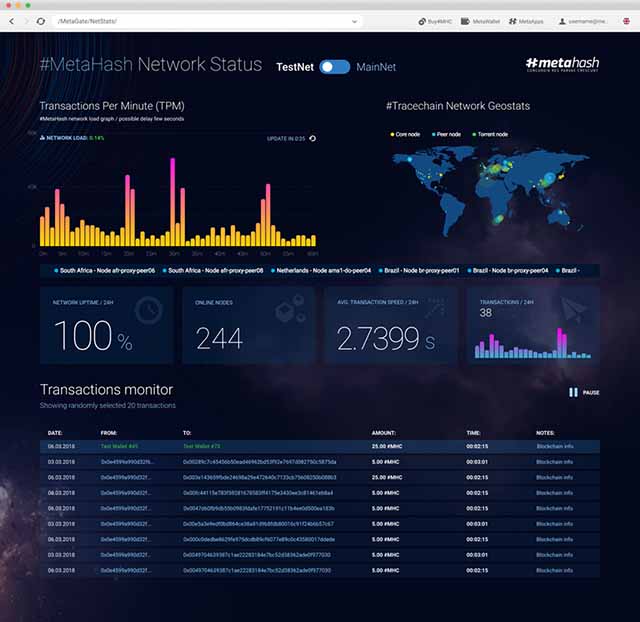2019-1-21 20:40 |
As the crypto and blockchain development continue, developers are constantly trying to come up with new solutions for existing issues. One such solution is a protocol called MimbleWimble, named after a curse from the Harry Potter franchise.
The protocol shares a lot of similarities with Bitcoin's own blockchain, as it aims to deliver privacy features inspired by several different technologies. Some of its key components include ECC (Elliptic Curve Cryptography), Confidential Transactions, Dandelion, and CoinJoins, all of which work together to enable encryption, privacy, and anonymity.
MimbleWimble is a protocol with a lot of potential, and even some of the best-known Bitcoin Core developers became interested in it. According to them, there is a possibility of MimbleWimble becoming a side-chain protocol of Bitcoin, which would significantly improve the largest coin's privacy features.
MimbleWimble: A short historyMimbleWimble was conceptualized in 2016 by Tom Jedusor. Jedusor created the protocol's whitepaper by relying on Greg Maxwell's work in regards to CoinJoin and confidential transactions. Another inspiration for the protocol was a paper from 2013, posted by an anonymous creator, which introduced one-way aggregate signatures.
The protocol was recently used in a project called Beam, which was released on January 3rd, and it currently operates without problems. In fact, it is fully mineable, although it requires specific hardware and a certain level of technological knowledge.
Another important project in regards to MimbleWimble's history is Grin, which launched its TestNet in November 2017. The project remains alive to this day, even with its entire repository maintained by anonymous developers. The project currently still lacks a clear business model, and its structure is less organized than that of Beam.
However, both projects are using MimbleWimble as their networks' core, and they are both perfectly functional.
MimbleWimble privacyMimbleWimble focuses on improving the privacy of its users, and it prevents transactions from being linked to IP addresses. Another one of its major use cases is enabling near-infinite scalability.
Both Grin and Beam projects are using ASIC-resistant algorithms in order to bring decentralization. They also use a special new feature for sending a new transaction to a number of different nodes before showing it on the network, so that no one can trace it to the source. Finally, MimbleWimble blockchain is tied to the number of network's users, instead of transactions and addresses, which has a great impact when it comes to scaling the network.
MimbleWimble transaction validation relies and depends on two things. The first one is the verification of zero sums, which means that the sum of outputs minus the sum of inputs must always be zero. This proves that the transaction is valid and that it did not create new funds, while the actual amount that is sent is never revealed, thus ensuring its privacy.
The second one is the possession of private keys, which is necessary to prove the ownership of outgoing transactions, just like with most other cryptocurrencies. However, in this case, there is no need for a transaction sender to prove that they are in possession of the private key by signing the transaction directly.
Thanks to this, MimbleWimble can improve traders privacy, solve the scaling problem, reduce the size of the blockchain, as well as cut down transaction costs. It is a very interesting protocol that might bring a lot of change to the crypto world, and it is more than possible that it will become a new norm in the future of crypto trading.
Right now, it all depends on the performance of Beam and Grin projects. If they can prove that MimbleWimble works without signatures, amounts, or even the need to reveal addresses, it will mark a big game-changer in the crypto world.
origin »BlockMason Credit Protocol (BCPT) на Currencies.ru
|
|




















